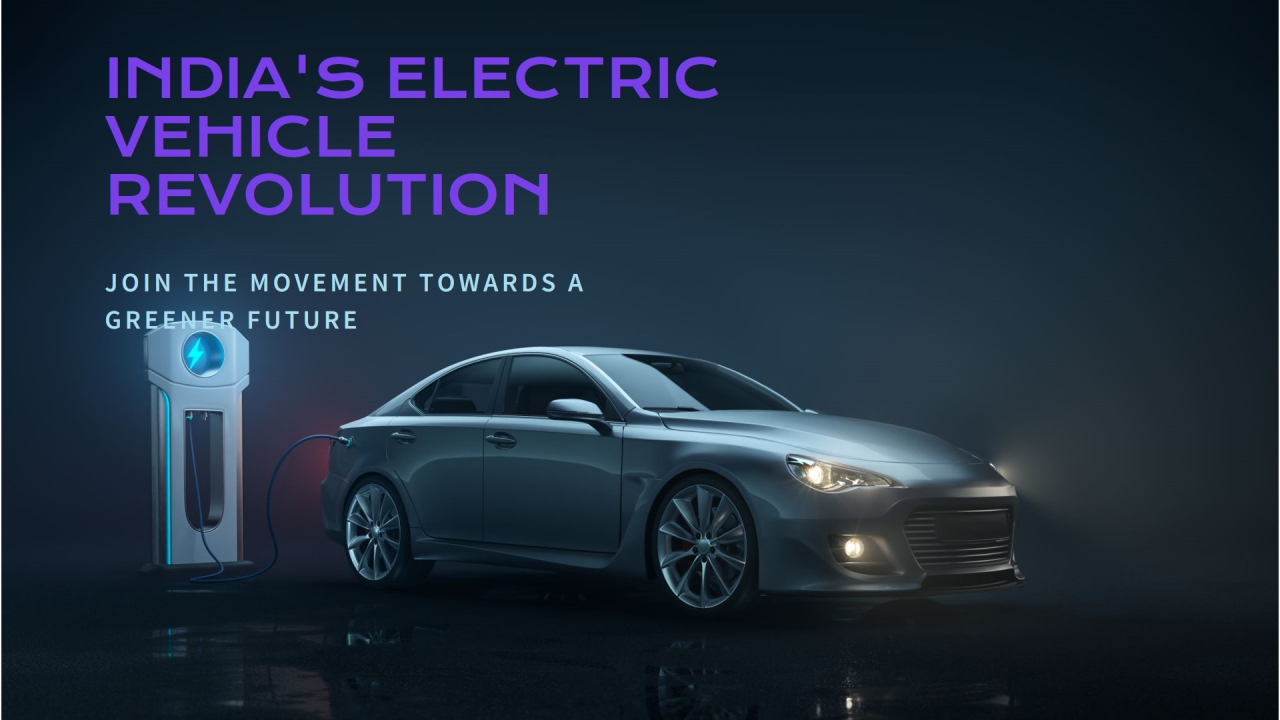India's electric vehicle industry has witnessed a growth explosion with more than 5.6 million EVs on Indian roads in 2024 and year-on-year sales increasing by 24%. Yet, the journey to mass adoption is not without obstacles. India will have to overcome enormous challenges in scaling up charging stations, bridging the urban-rural gap, making finance affordable, and driving innovation. The future roadmap depends upon concerted efforts among government, industry, and consumers to create a sustainable, inclusive, and innovative EV ecosystem.
1. Charging Infrastructure: The Backbone of EV Adoption
-
Public charging points have grown from a mere 1,800 in 2022 to more than 16,000 as of March 2024 but still far from the estimated requirement of 1.32 million stations by 2030.
-
Growth is uneven, with urban hubs such as Bengaluru, Mumbai, and Delhi at the forefront, with rural regions remaining behind, which shows a stark urban-rural divide.
-
Advanced solutions like battery swap points and home charging solutions are picking up, providing convenience and flexibility to customers.
-
Government efforts like the "ChargE India" scheme are planning to put up charging points every 250 km on highways and every 160 km in urban areas, but there is a need for accelerated scaling to keep pace with increasing demand.
2. Policy Support and Government Initiatives
-
Landmark initiatives like FAME-II, the Production Linked Incentive (PLI) Scheme, and the upcoming PM E-Drive Scheme are inducing investment and adoption.
-
Policy interventions in the form of tax concessions, subsidies, and special electric mobility zones are making EVs cheaper and more appealing to consumers and businesses.
-
The government is promoting public-private partnerships and focusing on commercial fleets, public transport, and logistics for widespread electrification.
3. Innovation in Business Models and Technology
-
Battery lease-to-own schemes are being explored to lower initial costs by as much as 40%, making EVs more affordable for a larger population.
-
Local lithium-ion battery manufacturing is gaining momentum with an aim to decrease costs, lower import reliance, and promote local industry.
-
Connected EVs with data analytics are assisting in optimizing fleet utilization, decreasing idle hours, and generating useful insights to plan infrastructure.
4. Investment and Economic Impact
-
The EV industry pulled in about $6 billion worth of investments in 2021, and the outlook has increased to $20 billion by 2030.
-
The Automobile Mission Plan foresees the automobile sector contributing more than 12% of India's GDP by 2026, with EVs taking a pivotal role.
-
Incentives to local manufacture in all vehicle segments are likely to spur job opportunities and lower the dependence on imports.
5. Bridging the Urban-Rural Divide
-
More than 70% of charging is now done at private sites, but rural zones experience disadvantages such as reduced grid connectivity and less public charging.
-
Filling this gap has tremendous growth potential and calls for focused infrastructure investments and creative off-grid solutions.
6. The Road Ahead: Collaboration and Sustainability
-
EV30@30 achievement will be possible only through concerted action from government, industry, and consumers, emphasizing awareness campaigns, facilitating policies, and green energy integration.
-
Integration of renewable energy into charging infrastructure is imperative for linking EV expansion to India's climate targets.
-
Skill development and education throughout the value chain will be needed to drive momentum and ensure inclusive adoption.
Conclusion
India's EV story is one of quick progress, innovation, and tremendous potential. Challenges persist—most notably in infrastructure and access parity—but concerted action and ongoing investment are positioning India to be a global mobility leader in sustainable mobility. The next decade holds transformative change, economic growth, and a cleaner, greener future for everyone.
Sources: Drishti IAS, Times of India Blogs, LinkedIn, KPMG, Economic Times, ASDC
